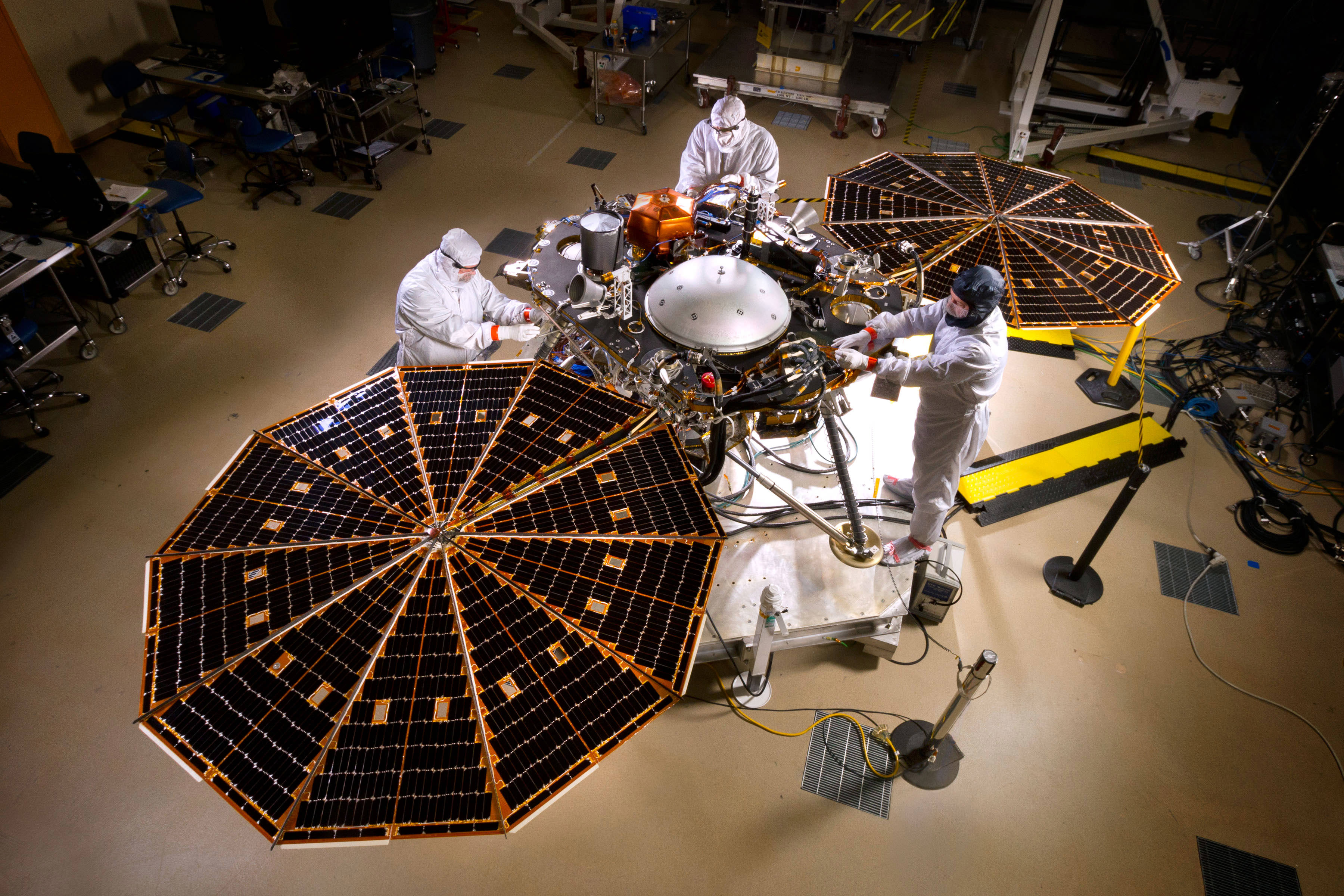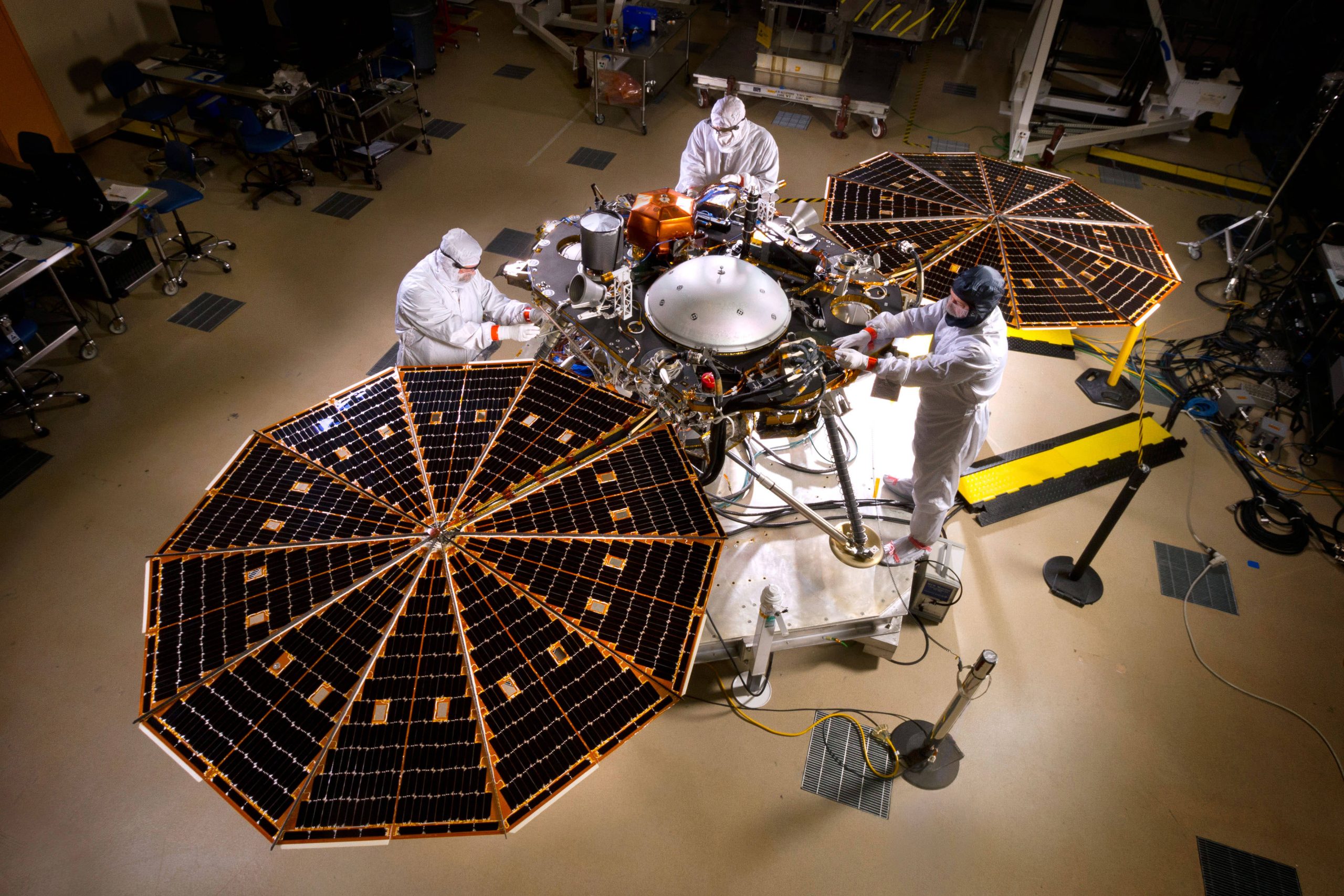
### NASA’s Europa Clipper: A Mission to Reveal the Secrets of Jupiter’s Moon Europa
On October 14, 2023, NASA initiated the launch of the **Europa Clipper** spacecraft on a SpaceX Falcon Heavy rocket, signifying the commencement of an extraordinary journey towards Jupiter’s frigid moon, Europa. Currently, the spacecraft is already an astonishing **13 million miles (20 million kilometers)** distant from Earth, traveling through space at a velocity of **22 miles per second (35 kilometers per second)** in relation to the Sun. The mission’s goal is to explore if Europa, believed to have a subsurface ocean, possesses the right conditions for life.
Europa Clipper stands as one of NASA’s most daring missions in planetary science. The spacecraft is set to cover a distance of **1.8 billion miles (2.9 billion kilometers)** to arrive at Jupiter by 2030. Upon arrival, it will commence a series of **49 close flybys** of Europa in 2031, during which the spacecraft’s sophisticated array of instruments will gather pioneering data. Here’s a detailed overview of the mission’s initial milestones and its strategy for uncovering the mysteries of this intriguing moon.
—
### Initial Milestones: Deployment and Testing of Spacecraft Systems
Following its launch, the Europa Clipper team initiated the deployment of the spacecraft’s vital systems. Significant milestones already completed involve:
#### **1. Extending the Solar Arrays**
Shortly after its entry into space, Europa Clipper opened up its massive solar arrays, which span the length of a **basketball court**. This task was crucial, as these arrays will supply all the essential energy for the spacecraft throughout its ten-year journey to Jupiter and its primary mission phase within the Jovian system.
#### **2. Magnetometer Boom Deployment**
The spacecraft successfully extended the **magnetometer boom**, a **28-foot (8.5-meter)** device essential for detecting Europa’s magnetic field. Once Clipper arrives at Jupiter, these readings will help verify the existence of Europa’s subsurface ocean and provide insights into its **depth and salinity**. The deployment and functionality of the magnetometer were validated with data from three onboard sensors.
#### **3. Radar Antennas Deployed**
To further support the mission’s scientific aims, Clipper set up multiple antennas for its **radar instrument**, which will penetrate beneath Europa’s icy surface to chart its subsurface structure. This instrument integrates four **high-frequency antennas** that extend sideways from its solar arrays, each resembling two **57.7 feet (17.6 meters)** poles. Additionally, eight **very-high-frequency (VHF)** antennas, each measuring **9 feet (2.76 meters)** long, were also deployed.
“Completing these key deployments is an exhilarating moment for the spacecraft,” stated Jordan Evans, project manager for Europa Clipper at NASA’s Jet Propulsion Laboratory (JPL). Engineers are now analyzing spacecraft data to gain deeper insights into its behavior, gearing up for the lengthy journey ahead.
—
### Instrument Readiness and Scientific Preparations
Europa Clipper is equipped with an array of advanced instruments aimed at investigating the moon’s icy exterior, internal ocean, and potential for supporting life. In the upcoming months, engineers will systematically power these instruments on and off to confirm their functionality. Key instruments onboard comprise:
– A **visible-light imager** for taking high-resolution images of Europa’s surface.
– **Mass spectrometers** to evaluate gas and dust, aiding in the identification of potential organic compounds and chemical signatures in Europa’s environment.
– A **thermal imager** to sense heat variations on Europa’s surface.
– The **radar instrument**, vital for examining the moon’s ice shell and underlying water.
Certain instruments, like the mass spectrometers and visible imager, will remain shielded by covers for the next few years to protect them from the Sun’s harsh radiation while the spacecraft is near the inner solar system.
—
### New Horizons: Gravity Assists and Scientific Endeavors at Mars
Europa Clipper’s journey entails a series of gravity assists to increase velocity and refine its course. The first major event will take place on **March 1, 2025,** when the spacecraft approaches Mars. As Europa Clipper orbits the Red Planet, it will utilize Mars’ gravitational influence to accelerate and adjust its trajectory, similar to a slingshot maneuver.
During this Mars flyby, the mission team will:
– Activate the **thermal imager** to capture test images of Mars with striking detail.
– Utilize the radar instrument for preliminary operations and to verify its functionality.
After the Mars assist, the spacecraft will return toward Earth for an additional gravity assist in **December 2026**, further enhancing its speed for the final stretch of its journey to Jupiter. The Earth flyby will also provide an opportunity to calibrate the spacecraft’s magnetometer, which will detect Earth’s magnetic field.
—
### Mission Goals at Europa
